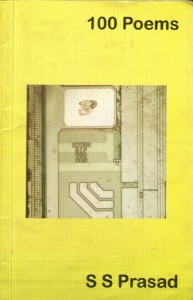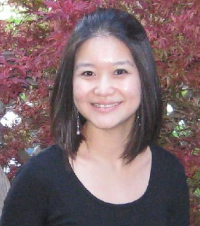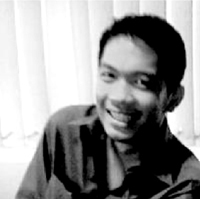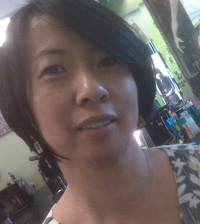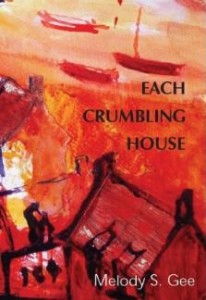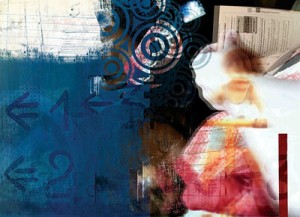Dear LR Friends and Fans,
At long last, we are back from hiatus! Here are some lovely new changes that we have implemented during the course of our absence:
Reading Period for Issue 2 is Now Open
That’s right; we’re now accepting submissions for our second issue, to appear sometime during the winter. Please take some time to review our updated guidelines first, as we have changed a number of policies since our last reading period. Here’s the link. Our new submissions deadline is November 29th.
* * *
New Staff Bloggers
LR welcomes five brand new staff bloggers to its team this fall:
Reviewer Henry W. Leung will be giving us the scoop on new books and issues of literary journals.
Columnist Simone Jacobson will cover the monthly Sulu DC series and will keep us up to date on the spoken word circuit in her column, Sulu Spotlight.
Graduate Student Correspondent Kelsay Myers will be chronicling her experiences in the M.F.A. program at Saint Mary’s College of California.
Staff Writers Kevin Minh Allen and Monica Mody will be treating us to a variety of different kinds of content, including reviews, interviews, posts about recent chapbooks, coverage of events in the Seattle area, and investigations of avant-garde and experimental work.
LR Blog veteran Mrigaa Sethi also returns to revive her column, Writing Home.
Please see the updated Blog Masthead for their bios.
Though we will miss the members of our team who have decided to move on to other things, we are extremely excited about to welcome Henry, Simone, Kelsay, Kevin, and Monica on board this fall. We have an exciting lineup of posts planned for the next few months. Look for them starting later this week.
* * *
A New Look for the Blog
We mentioned it earlier, but we’ve given the LR Blog a bit of a facelift, in order to make it cleaner and easier to navigate. What do you think? Leave us a comment to let us know.
* * *
Main Site Under Construction, Where’s the Community Calendar?, and Thanks.
You might have noticed that, among other wonky inconsistencies, some of the information on the Main Site is a little out of date and the Community Calendar is currently offline. Not to worry; we are in the midst of updating the site, and the Calendar will return soon (as early as October, hopefully). Our editorial team is still working under a few temporary role readjustments in the wake of some unexpected changes to our personal lives. Though we are running a little farther behind schedule than we had originally anticipated, please rest assured that we are doing our best to get everything back in working order as soon as possible. Thank you for the grace you showed us during the extension of our hiatus; we are commensurately grateful for your continued patience with us during this time.
Always,
Iris & Mia
LR Editorial Staff
